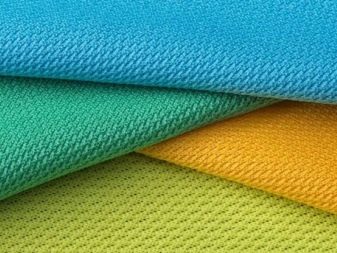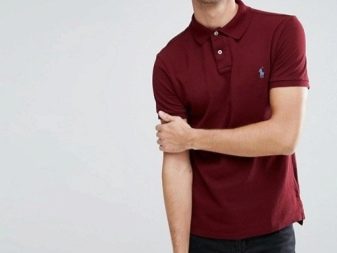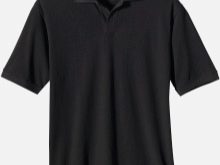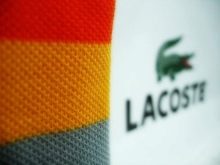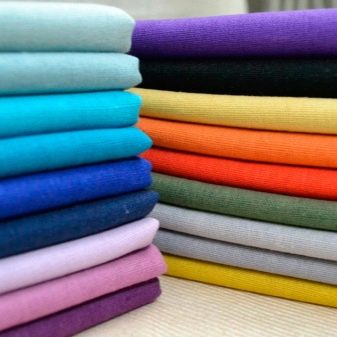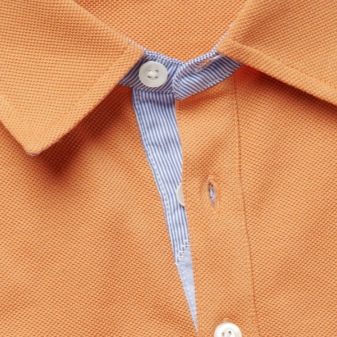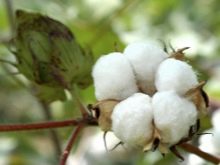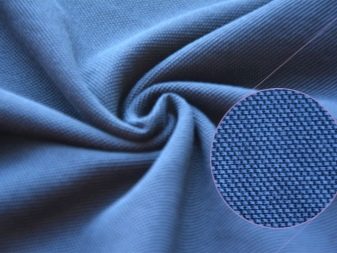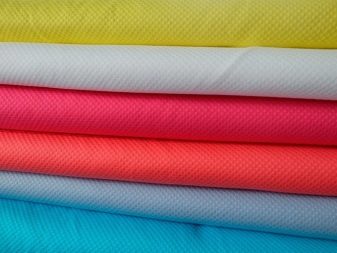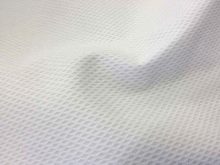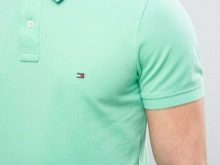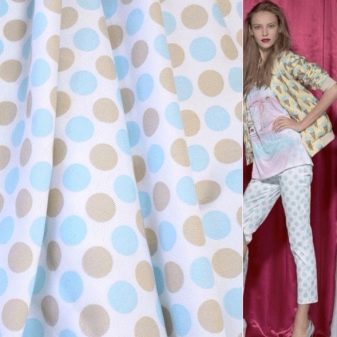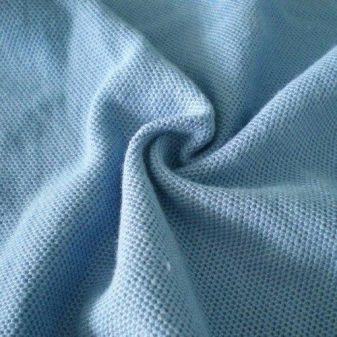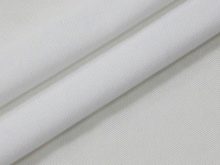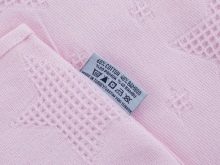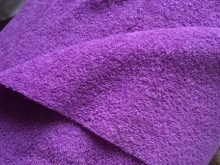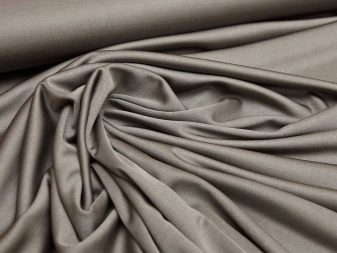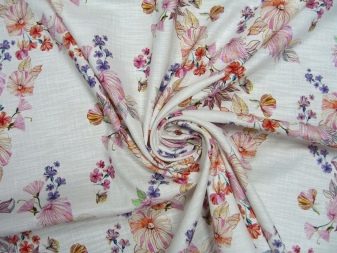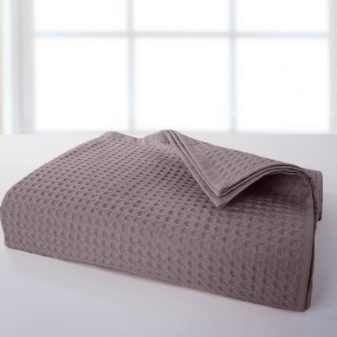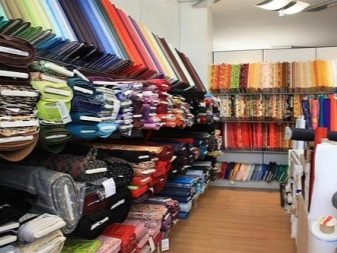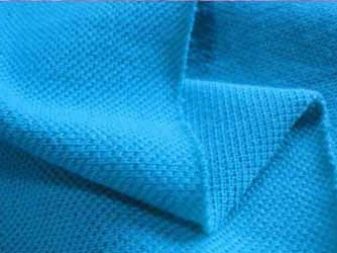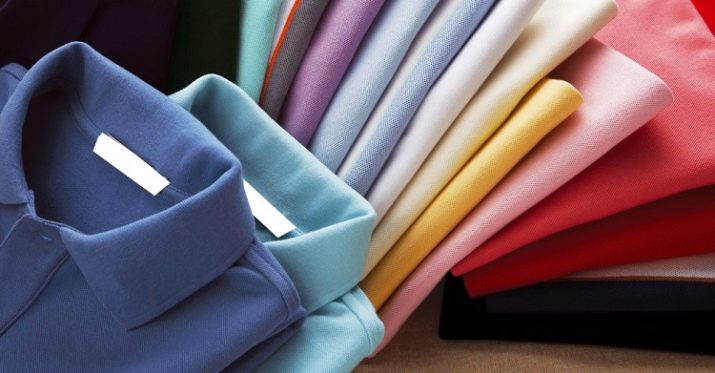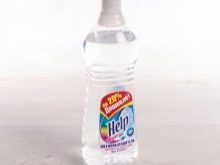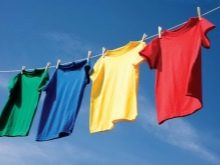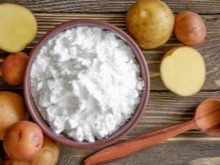Each fabric material has its own unique history, sometimes going far back in time. Remember silk or cashmere - fabrics with a uniquely thinnest structure, the recipe for which has come to us in more than one hundred years. But what if you think about more modern types of fabric? Today we will talk about the fabric with the bizarre name "peak", plunge into the interesting history of the origin of this material, consider the types and areas of its application.
What it is?
Piqué, or some people used to call it “Lakost” (from the name of the fashion house), appeared on the world market at the beginning of the last century. Sportswear at that time was made of flannel, which in its original form was not always comfortable and holding down fast movements material. Pique knitwear was designed by French tennis player Rene Lacoste, which is better known as the man who invented the famous polo shirt.
The very first day of the appearance of a tennis player in this very shirt (from previously unknown material) at one of the tournaments made an indelible impression on the public. Today, each of us heard about the fashion house Lacoste, the original polo shirts of which are recognizable around the world.
Pique is a knitted fabric in the form of a cotton cloth with a unique pattern and structure. In appearance, the structure of the fabric peak is somewhat similar to the famous waffle towels, however, the pattern may differ significantly. The peculiarity of sewing such a fabric is in the structure itself. So, you can often find patterns in the form of combs, squares and rhombic elements - in the texture of the peak there are no smooth lines. To some extent, the popularity of the peak fabric came precisely due to the original texture - on the one hand, clothes and other accessories from this material look solid and simple at the same time, and on the other, attractive and fashionable.
Such clothes are suitable for everyday life, as well as for sports, business meetings, and even for leisure.
Composition
As we already wrote, pique is a jersey in the form of a cotton fabric. The manufacture of such a fabric is characterized by a certain and rather complicated interlacing. The material is based on two weft and transverse warp threads, which is why this type of model is called quilted. Here you can also recall the origin of the word “piqué”, which came to us from the French language (piquer), which in fact means “stitching, fastening matter”.
If we talk about the composition of the fabric dive, then the original fabric is 100% cotton.However, today it is often possible to find only 50% of the ratio of cotton in the models, and even this is already considered the norm. There are, of course, more radical manufacturers who bring this figure to a minimum (20-30%), thereby reducing the overall value of the fabric. It should also be said about other materials and fibers that can often be found in knitwear. These are cotton, wool, wool blend fabrics, silk, elastane and some others. Adding the above fibers and fabrics allowed the peak to gain popularity, but the very uniqueness of this fabric became less and less valuable, and gradually the material is lost in its original form.
Properties
Of course, the piqué fabric is famous not only for its pleasant appearance and rich history. Many fashion houses choose it for tailoring precisely because of the unique characteristics of this material.
- Flexibility and sustainability. The most obvious advantage of such a fabric is that it is not crumpled as much as, for example, most natural and some synthetic materials. The advantage is very serious and constitutes a tangible competition to many modern types of fabric.
- Hygroscopicity. Another serious plus of the fabric of the peak is that it absorbs moisture remarkably and, unlike synthetics, passes air. The first of these features allowed the peak to enter the market of bath accessories - they began to make excellent towels and bathrobes from the material. The second feature finally brought the fabric to the big market - after all, we are looking for not only beautiful, but also breathable casual clothing.
- Strength. Everyone knows how fragile natural fabrics are - in particular, silk, wool, microfiber. Peak, due to the special structure of manufacture and the possibility of adding there synthetics and other fibers, can serve for many years.
- Autonomy. If for other types of fabric need constant care: washing, ironing at certain temperatures, then the peak almost does not need care. In the end, this is knitwear, which was, will be and remains the most unpretentious material.
- Resistant to sunlight. If most materials lose their color features over time, then things from the peak have remained as saturated and bright for many years.
- Clean and healthy. Since most of the peak tissue is 100% organic cotton, the likelihood that it will trigger allergic reactions or affect your skin in some other way is minimal. This item will certainly not be the last in importance among the advantages of fabric.
The only disadvantage of the peak is that such a fabric will cost expensive. In addition, there are quite a few fakes on the market, the acquisition of which may be a misconception about the fabric from the consumer.
Varieties
When it comes to varieties of piqué fabric, it is worth understanding that they were formed thanks to a decade of learning from its manufacturing experience. As we remember from what was written above, initially the peak was 100% cotton. Rene Lacoste took care of the quality of his products, because he had to wear it. The result was a true work of art - the fabric breathed, absorbed moisture perfectly, did not hinder movement.
Over time, manufacturers, who safely adopted the production technology of polo shirts, began to “tinker” with the cotton content in a clothing unit. (after all, high-quality natural material is very expensive), which led to an increase in the content of synthetic elements at the peak. The result is predictable - a decrease in quality and the emergence of cheaper varieties of knitwear.
Consider the traditional types of material below.
- Knit pique or original French. It is this material that underlies the production of polo shirts already known to us.
- Baby pique. Warm, compacted cotton version of the fabric with not particularly noticeable pile. Also this type is used in the manufacture of the most delicate sleeping linen and the thinnest bedspreads. This variety has the highest cotton content, which makes it not only the most pleasant, but also the most expensive.
- The so-called pique of bozmey or fabric with a dense pile on the seamy side of the canvas. This variant of piqué fabric is sometimes used for tailoring, upholstering furniture, producing rugs and warm bedspreads.
Some emit a few more types of pique fabric, but depending on the density of the weave and appearance, these are:
- unbleached;
- monophonic;
- multicolored.
The most common variant of knitted French dive, however, with significant changes - for example, with a share of cotton from 30%, which, of course, affects the quality of clothing.
Spheres of application
Perhaps the history of piqué fabric did not seem to be as exciting as the appearance of the same silk, but after reading this article you will understand that at the moment this fabric has gone far beyond the tennis court and has been introduced into all spheres of modern textile society. So, today we can meet the elements of the fabric peak in the following types of clothing and other household supplies.
- Clothes on the way out and for every day. First of all it concerns shirts, t-shirts, business suits.
- Elements of home bathroom accessories: bathrobes, towels.
- Variants of everyday insulated clothing in the form of a trowel and hoodie.
- Children's clothes: overalls, T-shirts, tights, hats.
- Some types of piqué fabrics can be found on the market in the form of bedspreads, blankets, even kitchen decorative napkins. This also applies to insulated bedding options. Here it is worth noting the great popularity of mattresses of varying degrees of rigidity, which are based on exactly the peak of the fabric.
- The last and less common use of this fabric in decorative items of clothing is various stripes, patterns and the like.
Subtleties of choice
The modern world of fabrics does not stand still and offers us a great variety of different fabrics. Some of them are originals, preserving all the good from their predecessors. Such models cost a lot, but also serve for a long time, do not lose color at the very first wash. Other models, albeit sometimes successful, but still fakes, and fakes at the peak - is no exception. Let's look at the signs by which you can determine the authenticity of knit pique.
- The first surest sign of a dive is a flexible structure. Just pick up the material (clothes, towel or blanket) and try to pull it. If the material lends itself to a small stretch and then immediately takes on its original shape - this is exactly the knitwear.
- The second sign is a unique peak texture. Any clothing of this type has a certain patterned pattern, which can sometimes be confused with the texture of waffle towels.
- The third and less distinctive feature of this fabric is the saturation of color. If you look at the material from afar, it seems very rich and bright. However, if you take a closer look, you can note the slight color blur and pastel colors.
Well, do not forget that the production of the Lacoste fashion house is the surest sign of knitwear at the peak - only in this case you are guaranteed to receive high-quality and durable material.
When choosing a fabric, everything in general depends on why you need this or that item. If it is sports, then it is worth choosing a thinner fabric with a high cotton content, if we are talking about clothes for the cold season, then it is necessary to take care of more rigid versions of the fabric with warming and wool. However, there are several key indicators by which you can choose a quality option knit jersey.
- The main condition is organic cotton at the base of the fabric with a percentage of at least 50%. If there is less cotton, the fabric will turn out to be stiff, it will not breathe so well and stretch. At the same time, if there is more cotton, the clothes can lose their appearance very soon with the wrong care, but it will be better to absorb moisture and breathe.
- The addition of synthetic fabrics in the canvas, for example, the same capron will give the fabric greater flexibility and strength. Consequently, save clothes for a longer time. In addition, synthetics greatly reduce the likelihood of damage to clothes with effective washing and high temperatures. Not to mention the fact that models with synthetics are much cheaper.
- Initially, be attentive to the labels and tags on the canvas, some models may require very careful maintenance.
- If you need warmer, denser clothing and materials, you should take options with the content of wool fibers.
Care Tips
As we have already written, pique is an absolutely unpretentious fabric, however, like any knitwear, it has its minimum rules of care, following which you keep your clothes beautiful, smooth and well-groomed for a long time.
So it is accepted that the main way to take care of clothes or household fabric materials is to wash them, so the main part of the tips will concern the proper washing.
- Do not be afraid to put even 100% cotton clothes knitwear dive in a washing machine. Due to the tight weave, the material is able to withstand heavy loads and does not lose its properties. Also, do not go on about the use of detergents for gentle washing - the peak is perfectly washed off with ordinary synthetic detergents.
- As for the washing temperature, everything is very simple here - the optimal mode for this fabric, like for many others, is 40 degrees.
- If you prefer starched clothes, the latter should be carried out with a cloth after the wash itself (this is primarily true for hard types of fabrics).
- If you need clothes or linen as a matter of urgency, which usually means ironing with an iron, then you should pay attention to the composition of the material. Typically, the label (in shirts and polo shirts) indicates both the percentage of cotton in the material and the recommended temperature and ironing conditions. Clothing is ironed inside out and slightly moisturized. However, again, note that the peak is a material that does not wrinkle, and if you have too much time to dry the material, it is better to just wait than expose it to heat treatment.
- Strongly stained spots on clothes are also not a problem for dive fabrics. She will tolerate the use of virtually any stain remover, however, without chlorine in the composition. This element is too aggressive and can significantly damage the fabric base.
- You should not worry about drying clothes, it can be both a machine version and a traditional one.
However, if we are talking about items of linen with loose weaving or pile, then the traditional drying of the horizontal type is recommended.
Let us dwell on several small tricks that will help preserve the appearance of clothes for a long time.
- As a rule, in the original polo shirts near the collars there are special fixing elements (or stickers) that allow you to avoid undesirable deformation of the fabric during washing.
- If we are talking about polo shirts with buttons or additional inserts and patterns on clothes, then it is recommended to wash clothes by turning them inside out and fastening all the buttons. So you will not only save the integrity of the model, but also keep the drum of your washing machine for a long time.
- If you do not trust the purchase of starch solutions, you can easily prepare such a composition yourself. For this you need two tablespoons of starch and three liters of water. Immediately after washing, clothing or cloth are placed in hot water with a pre-mixed starch solution. Then the clothes are gently pressed and dried. Of course, there are special solutions in aerosols, they are more convenient to use and not particularly expensive.
We hope our article has helped you understand the history and areas of application of a unique piqué fabric, and the tips will allow you to properly and carefully treat the items of your wardrobe.
In the next video you will find a review of cotton pique with a bright print.

